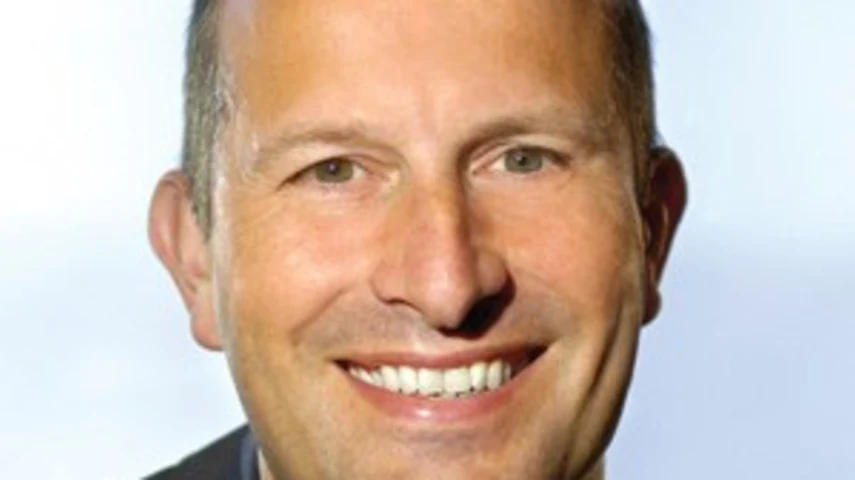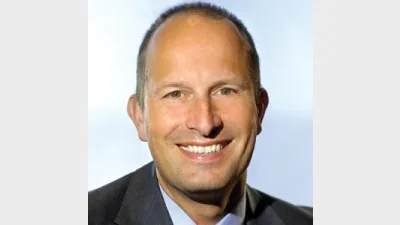To be technically correct, it’s all about the client



AMP’s Craig Meller argues financial services institutions need to keep changing with their customers if they want to stay attractive.
We are seeing a faster pace of change, in business and across almost every aspect of our society, than ever before, driven by rapidly changing technology which in turn is changing the way people behave.
AMP’s strategy for the future is being driven by our core belief that the Australian wealth management market remains highly attractive, with the market projected to double in size in less than a decade.
But to maintain success in this market, we have to continue to change. And we have to change because our customers are changing, and demanding different things from us.
There is a convergence of factors driving these changed behaviours: the aftermath of the GFC, digitisation and mobile technology, regulation and demographic shifts.
To give you an example – less than four years ago, using a mobile device to talk face-to-face, read, shop, watch TV and movies, navigate and keep the kids entertained, was almost inconceivable. Today it’s the norm and businesses are scrambling to adapt.
The result is more demanding customers who are searching for more control, more simplicity, more convenience and better value.
In response, we will deepen our relationships with our customers because we believe that, in an increasingly commoditised world, relationships will drive revenue.
And that is why face-to-face advice is and will remain a critical differentiating factor for AMP.
However, our customers are also demanding other ways to access our advice, products and solutions – and this means distribution in wealth management will no longer be face-to-face or direct. It will be both.
And this will require targeted investment in new capabilities and solutions to maintain and improve our relevance and accessibility for customers.
The role of behavioural finance
It also means looking more closely at why people behave the way they do when it comes to their finances.
That’s why we are looking at behavioural financial to help us understand the customer and deliver what the customer wants.
The science behind behavioural finance is fascinating and provides a stimulating and complex glimpse into the psyche of human behaviour. It’s a useful tool because it looks at the role emotion and intuition play in our decision making.
I know we’d all like to believe we make decisions methodically and rationally, but what behavioural finance tells us is that our brains like short cuts and that’s what makes us effective as human beings.
Our brains love to spot patterns that let us make judgments quickly, but sometimes those judgements are not right. That, to me, offers a wealth of new territory to learn from and helps us to understand what motivates our customers to own their tomorrow.
One of the fundamentals of behavioural finance is an aversion to loss, which means in some instances we can over-value things that we own.
We know it’s generally the case that people don’t feel this way about their superannuation – because they don’t feel they own it. So the challenge remains for us as an industry – how do we get people to feel like they do?
As human beings we’re also programmed to value things more if we’ve created them ourselves, and increasingly people are exercising a desire for greater control.
Nowhere is this more evident than in the growth of self-managed superannuation, the fastest growing segment of our industry.
For those less inclined to go down the self-managed path there are other options to provide that sense of ownership.
It could be through real time engagement via a wrap platform that lets customers see their investments and make changes to their portfolio, or online tools that allow customers to change their superannuation investment profile.
Improving technology allows people greater access to their investments, giving them a sense of control, catering to the level of involvement they want to have.
Behavioural finance is a young science and there is still much to be learned in this area, but it will help guide our move to gain a much deeper understanding of the customer – putting the customer at the centre of everything we do.
What makes a customer-centric organisation?
On a recent study tour I had the opportunity to meet with a number of businesses in the US who are recognised as being deeply customer-centric.
It confirmed for us that persuasive technologies that facilitate change (such as mobile devices) can help people pursue positive behaviours that most of us require a ‘nudge’ to do. And it confirmed that as this new science evolves it will continue to help shape our understanding of the customer.
It also became clear that there are some habits of highly customer-centric organisations that we can take on board.
Firstly, and in no particular order, be more institutional about innovation – develop an innovation lab as a growth engine for the business.
Develop an agile approach to change. This requires a strong architectural discipline with an emphasis on reuse to reduce cost and improve efficiency – to deliver a direct end benefit to the customer.
Think deeply about the order in which we provide products to customers and when we develop new propositions. Help people do what they really want to do – don’t force them to do something they don’t want to do.
The mobile device is changing everything because it’s always with the customer while website usage is declining. Social media monitoring can be used to help businesses understand the broader context of customers’ situations and identify triggers to create business opportunities.
And finally, recruit the right sort of people. Those who share the company’s beliefs and values, and who have the courage to challenge the business norms as well.
There is no doubt we need to do things differently to adapt in a changing world. But with change comes opportunity. By focusing more on what customers value, and less on what they don’t, we can continue to help Australians and New Zealanders plan for their future.
Craig Meller is the outgoing managing director of AMP Financial Services and the future chief executive officer of AMP.
Recommended for you
In this episode of Relative Return Insider, host Keith Ford and AMP chief economist Shane Oliver unpack the RBA’s decision to keep the cash rate on hold in the face of rising inflation and whether the governor’s hawkish tone is a sign of things to come.
In this episode of Relative Return Insider, host Keith Ford and AMP chief economist Shane Oliver discuss the September quarter GDP figures, which show Australia’s economy regaining momentum.
In this new episode of The Manager Mix, host Laura Dew speaks to Haley Devine, head of wealth management at MaxCap Group, to delve into private credit and commercial real estate.
In this new episode of The Manager Mix, host Laura Dew speaks to Benjamin Leung, head of systematic investments at Macquarie Asset Management, to understand the use of systematic investments.







